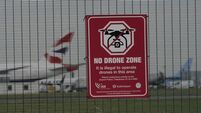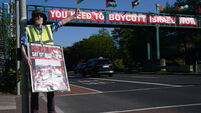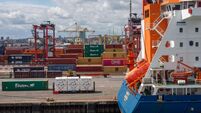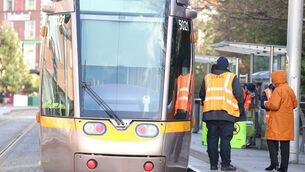Dublin Airport wins approval to increase night-time flights despite local backlash
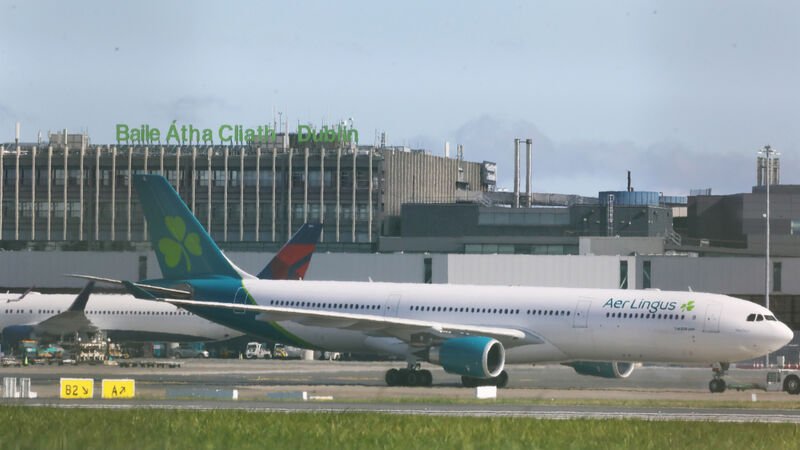
Aer Lingus aeroplanes outside Dublin Airport. File photo
Dublin Airport has been given permission to increase the number of night-time flights, as An Coimisiún Pleanála reversed an earlier draft decision to limit these flights.
The decision will also allow the north runway of the airport to be used up to midnight and from 6am, rather than the original permission of up to 11pm and from 7am.
In a statement, Dublin Airport operator Daa welcomed the decision as removing uncertainty around night-time operations at the airport and said it removes a “significant barrier” to the progress of its application to boost passenger numbers to 40m a year.
Last September, the planning board said it would limit the number of flights arriving and taking off between 11pm and 7am to 13,000 “movements” per annum, in a move criticised by Daa as “contradictory” and a “backwards step.”
However, in its final decision issued on Thursday, it changed this to 35,672 “night-time aircraft movements.”
Furthermore, a noise quota scheme will also apply to aircraft, which may limit the types of aircraft that can be used, depending on how noisy they are.
An Coimisiún Pleanála said this would allow for “airport growth while providing an essential safeguard against excessive night-time activity.”
“The cap also accommodates historic slots and future flexibility,” it said.
“The inclusion of an air traffic movement cap was considered a necessary and proportionate additional operating restriction to ensure that the overall noise environment would not deteriorate and that the increase in nighttime flights would not result in significant adverse effects on the surrounding population and environment.”
Daa said that while it was disappointed in the cap on flights, it welcomed the decision overall.
CEO Kenny Jacobs said: “We reaffirm our clear commitment to engaging with the local community to mitigate the impact of airport operations and have already begun to implement the noise insulation grant scheme.
“Today’s decision is also key to unlocking the block preventing Fingal County Council from progressing our application to build the piers and stands needed to enable Dublin Airport to grow to 40m passengers a year.
“We will work with [the council] to enable a decision on the [application] before the end of the year. We need to start building. That’s our biggest issue and we need planning permission to do that.”
A local residents group, however, has described the new decision from An Coimisiún Pleanála as “devastating”, and said it amounts to a “capitulation”.
Liam O’Gradaigh, a spokesperson for the St Margaret’s The Ward Residents’ Group, said: “This is not just an inconvenience; it is a direct attack on our health and quality of life.
"The government and [An Coimisiún Pleanála] have chosen to prioritise corporate interests over the well-being of their citizens. This decision is reckless, short-sighted, and harmful."
He added the additional runway times will only add to the “daily torment from the relentless roar of jets over their homes”.
The issue first came before An Coimisiún Pleanála on foot of an application for a ‘relevant action’ by Daa to fundamentally alter the planning permission restrictions placed on the airport when the new north runway came into use three years ago.
It was initially approved by Fingal County Council before being appealed to the planning board by groups including Friends of the Irish Environment in August 2022.
While the planning board has now made its decision, it remains open to a Judicial Review challenging its findings.
Ryanair, meanwhile, said the planning board has essentially installed a new cap at Dublin airport, along with the 32m a year passenger cap.
“This new cap will grind both short-haul and incoming early-morning long-haul aircraft to a halt as growth in these two critical windows will be maxed out by this new cap,” it said.
“Ryanair calls on Minister Darragh O'Brien and the Irish Govt to intervene and immediately abolish both passenger caps, which will damage jobs, tourism, and economic growth.”





